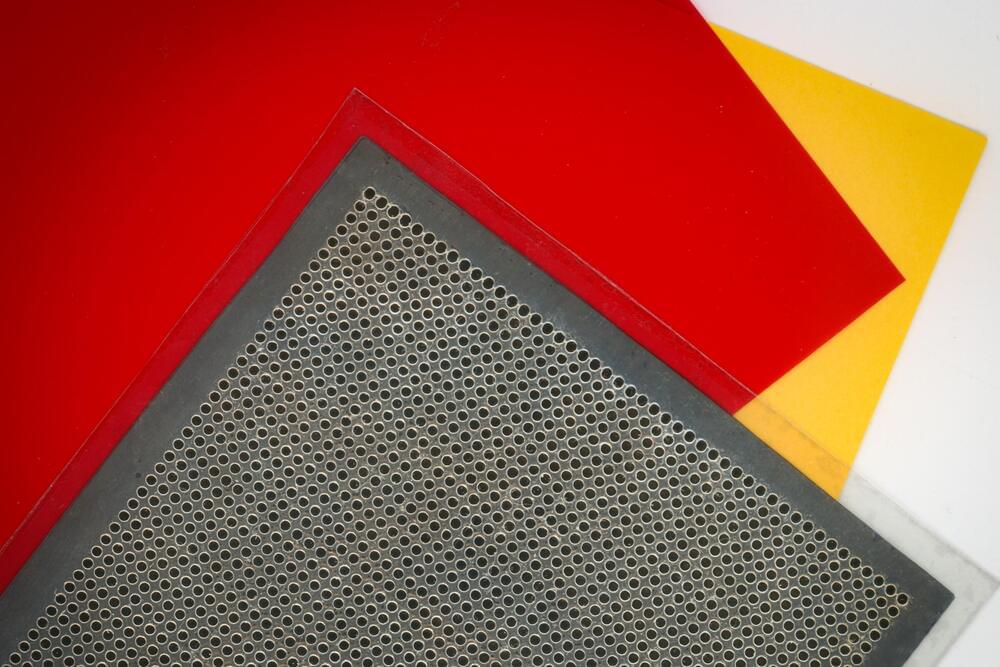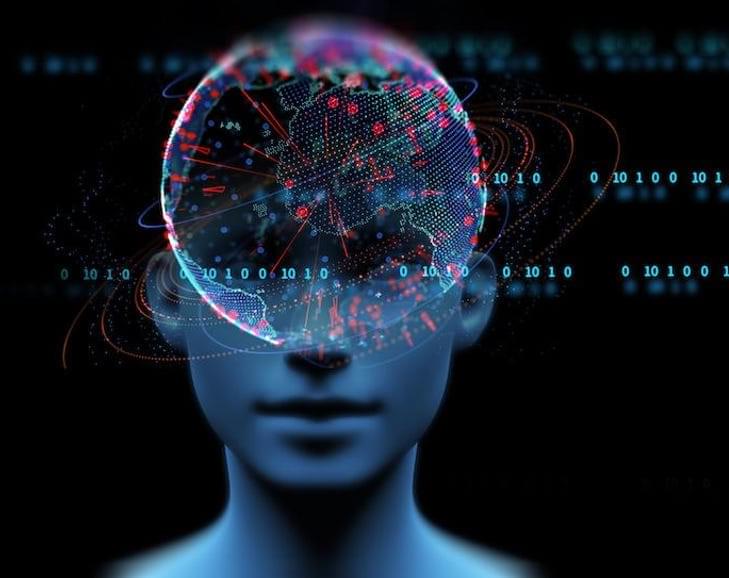There is a SIRT6 activator on the market but it is very expensive at a few hundred dollars.
We have had requests for a summary of the interview with Prof Cohen. This video is a summary of the key points from the interviews. As I note in the introduction, this is my interpretation of what Prof Cohen said, please check the original interviews if you have any questions. And please do feel free to let me know if you think I got something wrong!
Professor Haim Cohen is the director of the Sagol Healthy Human Longevity Center at Bar-Ilan University where he focuses much of his research on the SIRT6 protein. In May 2021 he and his team published a paper showing a 30% increase in lifespan in a mouse model by over expressing SIRT6.
Prof Cohen’s page at the university.
https://life-sciences.biu.ac.il/en/node/641
Prof Cohen’s Lab.
https://www.haimcohenlab.com/
Prof Cohen’s Paper on Sirt6 is here.


